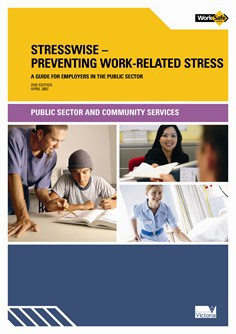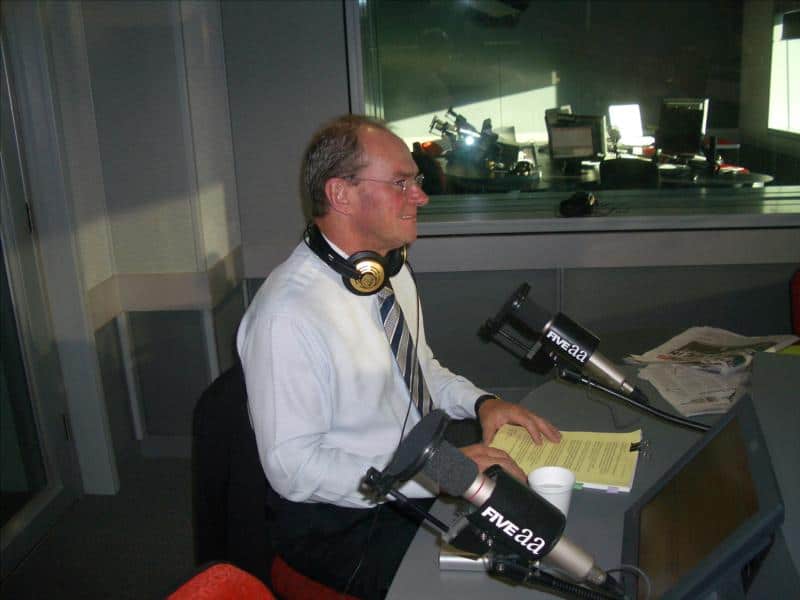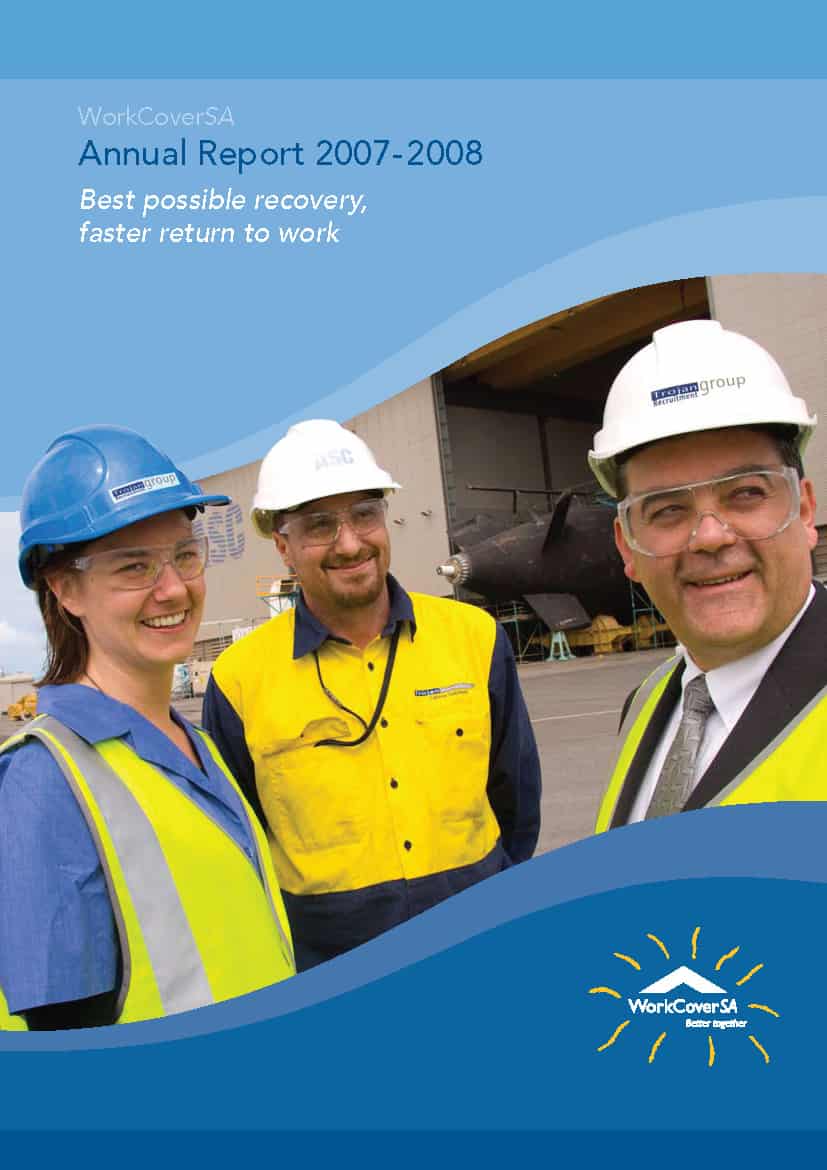SafetyAtWorkBlog has mentioned several campaigns recently focusing on promoting safety to young people through graphic ads in Australia and Canada, and enticing websites. The Queensland Government launched a promotional campaign to the same demographics this week but this one focuses on excessive, or binge, drinking.  This is timely leading into the Christmas season and Summer in the Southern Hemisphere and it should be successful in its first stage of cinema advertising and social marketing. The campaign has a similar advertising structure to the graphic OHS ads but depicting a young person undertaking an activity and suddenly switching to an unexpected consequence. A spokesperson for the Every Dr1nk Counts campaign in Queensland’s Office of Liquor, Gaming and Racing told SafetyAtWorkBlog that the videos are initially shown only in cinemas on targeted movie sessions as the viewer is unable to avoid the 45 second images as easily as they can a television ad. Also, cinema ads will be seen by the target audience in a group of their peers which will encourage discussion on the issues raised. The ads are confronting but are well made and subversive in getting one’s attention. Treasurer and Liquor Licensing minister Andrew Fraser said that
This is timely leading into the Christmas season and Summer in the Southern Hemisphere and it should be successful in its first stage of cinema advertising and social marketing. The campaign has a similar advertising structure to the graphic OHS ads but depicting a young person undertaking an activity and suddenly switching to an unexpected consequence. A spokesperson for the Every Dr1nk Counts campaign in Queensland’s Office of Liquor, Gaming and Racing told SafetyAtWorkBlog that the videos are initially shown only in cinemas on targeted movie sessions as the viewer is unable to avoid the 45 second images as easily as they can a television ad. Also, cinema ads will be seen by the target audience in a group of their peers which will encourage discussion on the issues raised. The ads are confronting but are well made and subversive in getting one’s attention. Treasurer and Liquor Licensing minister Andrew Fraser said that
“This advertisement highlights the fatal consequences of excessive drinking in the hope that young adults will take notice and make more responsible choices for their futures.”
Minister Fraser also said
“our focus group research also revealed that many young people don’t realise that one stubby or one alco-pop is usually more than one drink. We are not asking young people to stop drinking, we are just asking them to recognise that there are worse consequences than a hangover.”
The correlation to youth marketing is clearly evident but excessive drinking and the associated culture of alcohol consumption is a problem that many workplaces are facing also. It is common in some industries to have a worker be unfit for work after a heavy night and for alcohol and drug policies to be introduced and enforced. There are bound to be some OHS Managers and workplaces who will see the benefit of obtaining some of the Every Dr1nk Counts resources in an workplace context.




